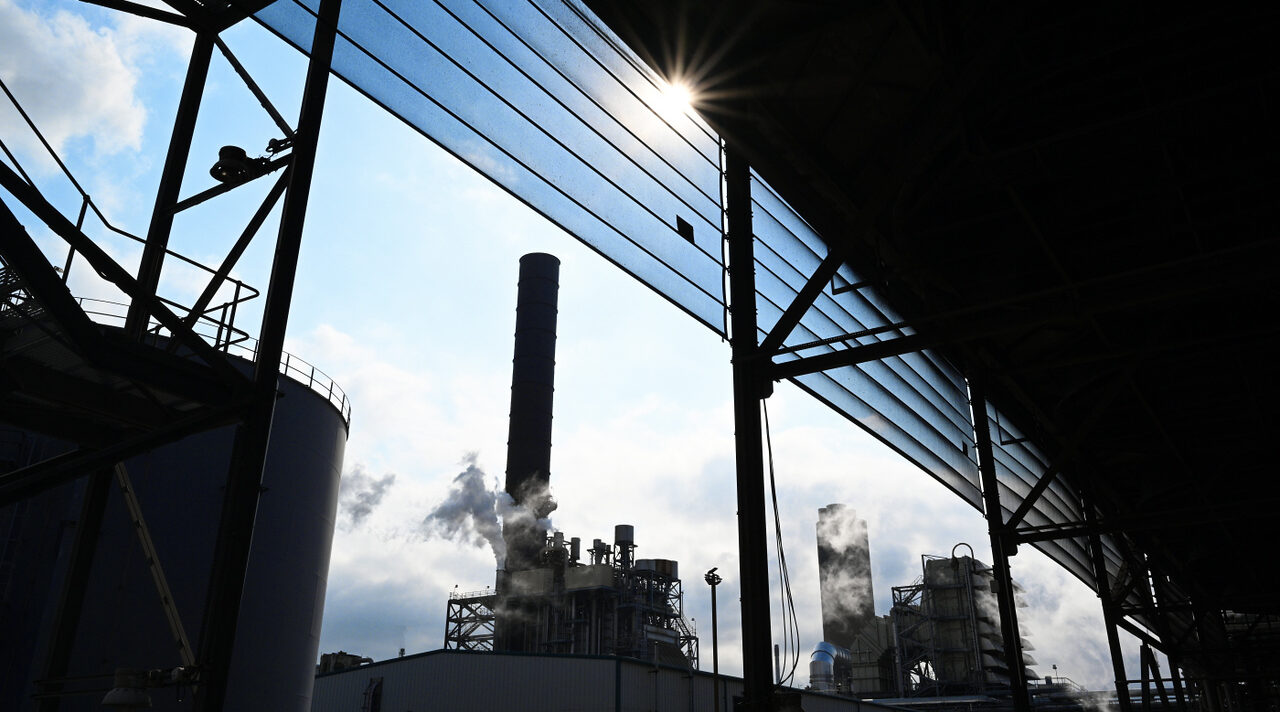Case Study
A case for CCS in power: VPI Immingham
4 minutes
The Humber region contributes £18bn to the UK economy every year. It also emits more carbon dioxide, or carbon, than any other UK industrial cluster – 50% more than the next largest.
To help the region decarbonise, an ecosystem of companies, including VPI, is working to develop a carbon capture and storage network in the area, known as the Viking CCS cluster. At the heart of this cluster, is the Viking carbon store, which has been awarded Track 2 status by the UK government. This means it has been selected as one of the four stores that the government is supporting for deployment by 2030 as part of its 10-point plan to meet net zero by 2050. The network has a target of transporting and storing 10Mt of carbon per year by 2030.
Our combined heat and power plant, which is one of the largest in Europe, plays a critical role in the region. It can power up to one million homes and provides steam and power to adjacent industries. It is also situated close to the proposed Viking CCS carbon transportation and storage network. That is why we are developing a carbon capture project to sequester carbon emissions at our Immingham CHP plant.
How it would work in practice
Emissions from two of our three trains at our Immingham plant will be captured using an amine absorption process. The captured carbon will be conditioned and compressed for export to a pipeline built specifically to transport carbon. It will then be injected safely and permanently into the Viking CCS store, which is a depleted gas field in the North Sea.
We are working on this carbon capture development in partnership with a neighbouring refinery, Phillips 66 Limited, under the project name Humber Zero. Two aspects of Humber Zero set it apart.
First, its scale. The project could capture up to 3.3 Mt of carbon per year by 2028, building up to 3.8 Mt of carbon per year by 2029. This would make up nearly 40% of the Viking CCS network’s 2030 carbon capture targets, making the entire network viable. It is what is known as an “anchor emitter” project.
Second, its readiness. Advanced technical assessments have been completed and the company will be ready to make a final investment decision as early as next year if momentum continues and we are given the go-ahead as an emitter project from the government.

Broader benefits to decarbonising Immingham
Applying carbon capture to the Immingham site will enable the suite to provide low-carbon, flexible and reliable power. It will also provide low-carbon steam to adjacent industries. But the carbon capture project will also bring other benefits.
Firstly, it will help to preserve the thriving industrial hub in the Humber, by enabling a carbon capture and storage network needed to reach net zero targets.
Secondly, it will create thousands of new jobs for the local community during the construction process. It will also create hundreds of high-value permanent jobs once the carbon capture plant is operational.
Thirdly, it would position the UK as a world leader in carbon capture while building a new industry. An industry that is needed for hard-to-abate sectors and for carbon removal applications, like direct air capture. An industry that is needed to achieve net zero.
CCS: a solution for low carbon power
In the UK, around a third of power still comes from gas-fired generation. This is because we continue to need reliable, flexible, and dispatchable capacity when renewables are unavailable.
In the future, more technologies could become available to provide low-carbon power, such as hydrogen, small modular reactors, and long-duration storage technologies. But today these are not yet technically or economically ready to be rolled out at scale.
Carbon capture technology, when applied to sites like Immingham, which have access to planned carbon transport and storage infrastructure, can be a next step for gas-fired generation. It serves as a solution for supplying low-carbon, flexible and reliable power in the near and medium term, making use of existing power infrastructure such as generation plants and electrical connections.
At the same time, power CCS projects can provide critical mass to enable new carbon capture and storage networks, like the Viking CCS cluster. At a local level, this serves to unlock decarbonisation of industrial hubs like the Humber. At a macro level, it kickstarts the CCS industry, which is essential to achieve net zero and is estimated to lift the economy by £5bn by 2050. With the IEA warning that CCS deployment is well below what is required in the Net Zero Scenario, these early material emitter projects are becoming increasingly important.





